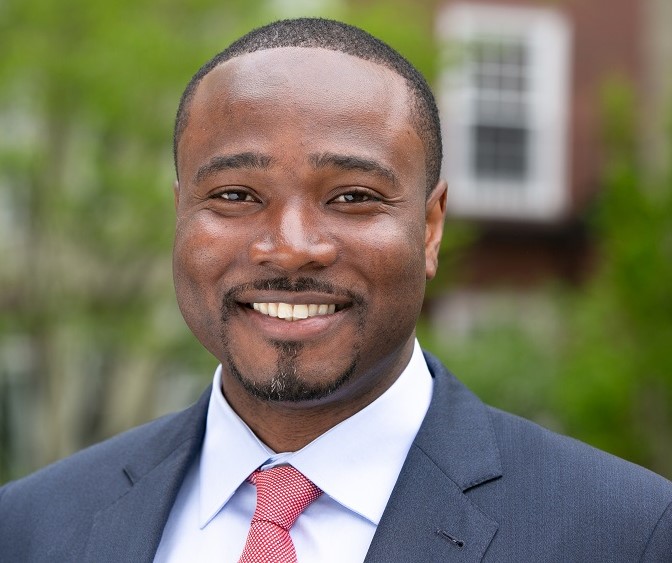On January 13th, President Joe Biden selected Samantha Power, ex-US ambassador to the United Nations, to lead the USAID. If confirmed, this will make Power one of the most powerful people in international development. With an annual budget of almost $20 billion and operations in more than 100 countries, USAID has pioneered such life-saving programs as the President’s Malaria Initiative and the President’s Emergency Plan for Aids Relief.
Although USAID programs have improved the lives of millions of people across the globe, they’re often unsustainable and unintentionally cause low-income countries to remain overly dependent. While Power is being celebrated as a “respected voice on humanitarian issues,” she’s unlikely to have a true and lasting impact at USAID if the organization continues with business as usual. A look at two of America’s greatest innovators can serve as a cautionary tale of how an organization’s capabilities can hinder—or enhance—progress.
A tale of two Steves: Understanding organizational capabilities
Born just five years before Steve Jobs, the lesser-known Steve Sasson invented the world’s first self-contained digital camera in the seventies while he worked for Eastman Kodak. Although incredibly brilliant—President Obama awarded him the National Medal of Technology and Innovation in 2009—Sasson worked at an organization that was not structured to profit from his innovation.
When Sasson invented the digital camera in 1975, Kodak was already a global leader in photography. The company made billions of dollars from print photography sales (which was more lucrative than digital) and had built an organization that prioritized that business. Constrained by the organization’s capabilities, executives at Kodak understandably didn’t want to lose this business so they didn’t market Sasson’s new technology.
Then there’s Jobs, indisputably one of the greatest innovators the world had ever seen. From the first Apple computers to the iPod, iPad, and iPhone, Jobs’ vision grew Apple to become one of the most successful companies in the world. Jobs’ true genius, however, wasn’t his technical brilliance or ingenuity; it was that he built an organization with the capabilities to develop a series of innovations that improve over time. In doing so, Apple has been able to benefit from new innovations even when they cannibalize sales from older products.
The tale of the two Steves demonstrates that an individual can only accomplish as much as their organization will allow them to. We call this an organization’s capabilities. A big lesson for Power, then, is to examine and transform some of USAID’s capabilities before they become disabilities.
Breaking down an organization’s capabilities
An organization’s capabilities are determined by three elements in its business model: resources, processes, and its profit formula.
- Resources include people, equipment, technology, cash, buildings, intellectual property, and many other assets. USAID’s thousands of employees and its $20 billion budget for instance, are significant resources.
- Processes are the patterns of interaction, coordination, communication, and decision making through which organizations create value, and they include things like how an organization conducts market research, hiring, and budgeting. Some processes are explicitly defined, documented, and followed while others are habitual routines of ways of working together.
- Finally, an organization’s profit formula includes its assets and fixed-cost structure which enable profitability, or in the case of nonprofits, long-term fiscal sustainability. This essentially affects what the organization can and cannot accomplish. In the case of Kodak, the company’s profit formula, defined largely by its ability to make money from print photography, prevented some of the smartest business executives in the world from harnessing the opportunity in digital photography.
Although USAID isn’t a for-profit company, since its inception the organization has developed capabilities that have caused it to prioritize a strategy based on transferring resources to poorer countries. As a result, even successful initiatives such as PEPFAR, PMI, and its food assistance programs are primarily resource transfer programs that make medication, bednets, and food available to poorer countries. If the US Congress decides to cut funding for either program, many countries lose.
For Power to build a USAID that can have lasting impact, she’ll need to develop new organizational capabilities. That could mean hiring fewer development professionals and more entrepreneurs and investors, or developing new processes for assessing projects and reworking the organization’s profit formula. So long as the organization’s capabilities enable it to prioritize more innovative programs that drive inclusive growth, she’ll be on the right track.
Power has the opportunity to reduce dependency in the 100 plus partner countries that USAID serves. If she’s successful, the impact she’ll have at USAID will outlive her tenure, just as the impact Jobs had on Apple has outlived him.
Meanwhile, Kodak filed for bankruptcy in 2012.


